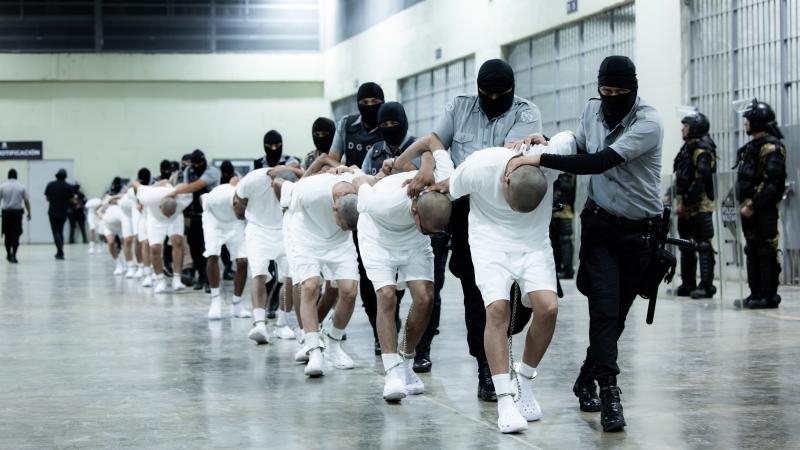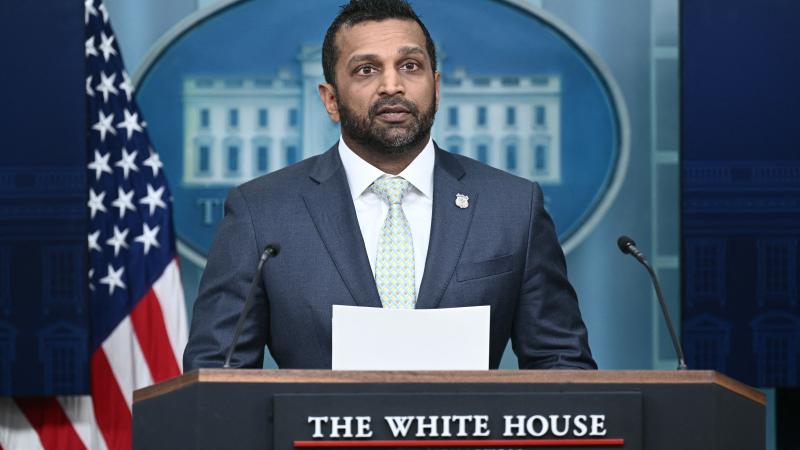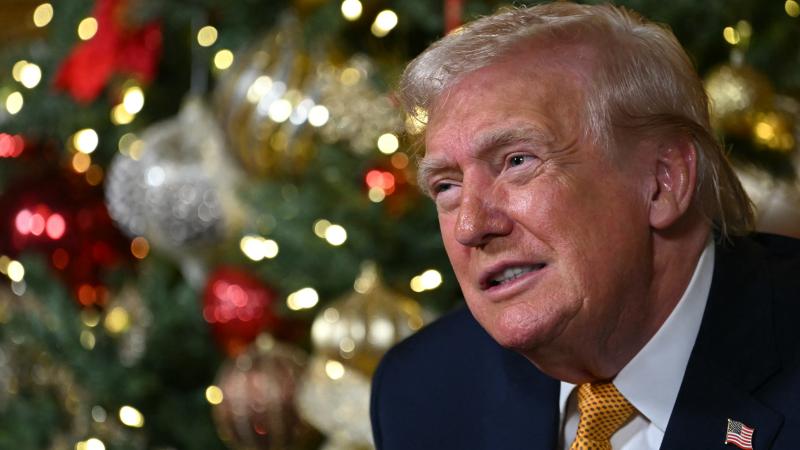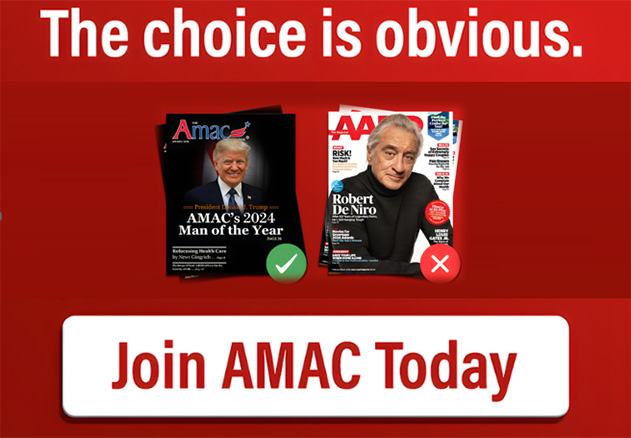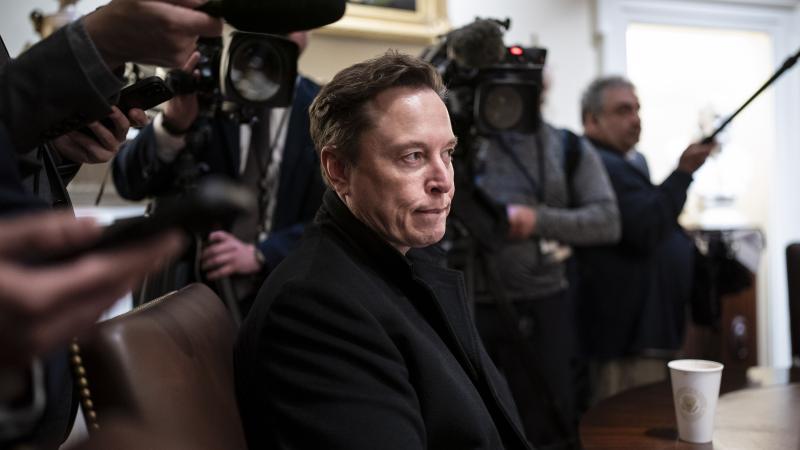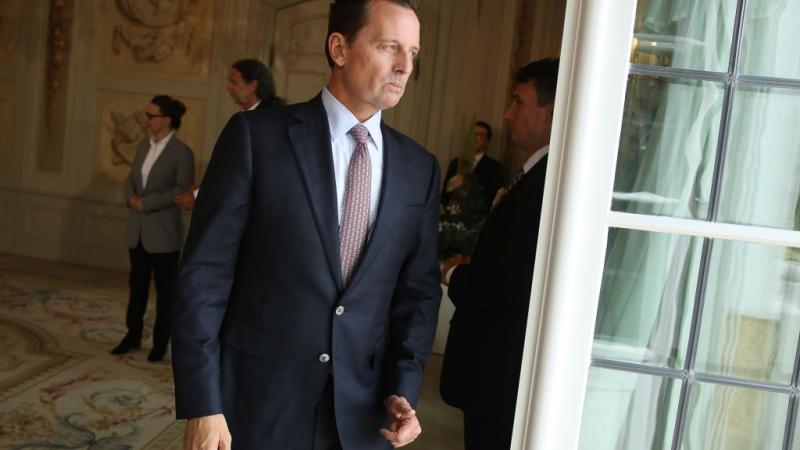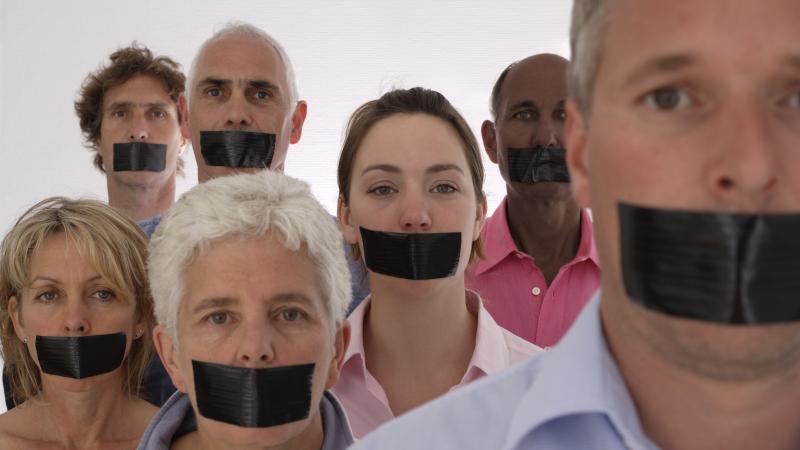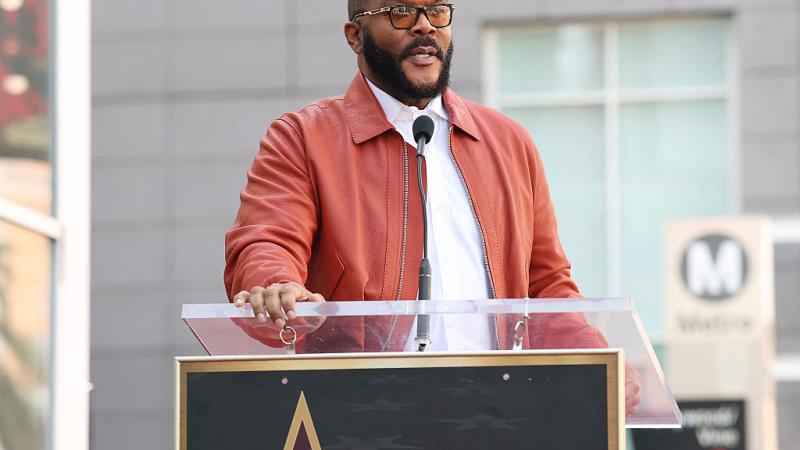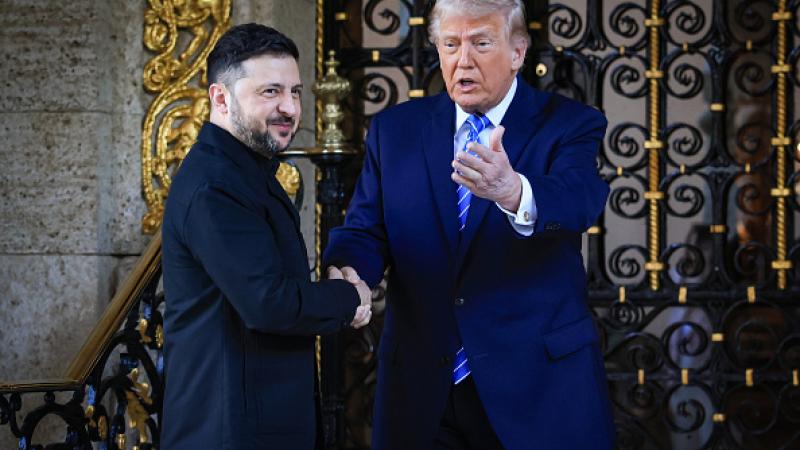Russian rejection of Trump team’s proposals puts wrinkle in pursuit for peace
Russia’s rejection of Trump’s reported proposals presents only one of the obstacles to a Trump-led peace plan, with Ukraine and Europe presenting two more. That's despite Democratic talking points that he's "in league" with Putin.
President-elect Donald Trump repeatedly promised while on the campaign trail that he would end the Russia-Ukraine War “within 24 hours”, but Moscow’s recent rejection of terms from the Trump team has suggested that winding down the conflict may be more complicated.
Russia invaded Ukraine in February of 2022 after diplomatic talks broke down. It subsequently annexed four provinces in the country's southern region after holding referendums the international community condemned as fraudulent. At present, it does not fully control any of those four provinces, but Moscow has made modest progress in the Donetsk Oblast this year since the fall of the fortress city of Avdiivka.
In a recent interview with Russian state-aligned media outlet TASS, Russian Foreign Minister Sergei Lavrov addressed leaks of the Trump team’s reported plans and public statements the president-elect has made on the conflict.
Trump’s team has yet to formally release any peace plans and Lavrov confirmed that Moscow had not received “official signals” about an agreement. He did, however, specifically reject delaying Ukraine’s NATO accession by 20 years and deploying European peacekeepers to patrol the ceasefire line.
“Judging from numerous leaks and Donald Trump’s interview with Time Magazine on December 12, their idea is to suspend hostilities along the line of contact and transfer responsibility for confrontation with Russia to the Europeans,” he said. “We are not happy, of course, with the proposals made by members of the Trump team to postpone Ukraine’s admission to NATO for 20 years and to station British and European peacekeeping forces in Ukraine.”
Both Trump and Vice President-elect JD Vance have called for shifting the responsibility for Ukraine’s security toward NATO’s European members in light of their geographic proximity. Some nations, such as France, have openly floated the idea of deploying their own troops to help Ukraine stabilize the front. That has not occurred, at least officially. Lavrov, however, noted that “NATO military and mercenaries openly participate in the planning of combat operations and fighting on the side of the Armed Forces of Ukraine”. He categorically denied claims that North Korean troops were fighting on the Russian side.
Russia’s own rejection of Trump’s reported proposals, however, presents only one of the obstacles to a Trump-led peace plan, with Ukraine and Europe presenting two more.
Russia is open to talks
After Trump appointed retired Lieutenant-General Keith Kellogg to serve as his special envoy to Ukraine, Lavrov expressed an interest in working with Washington, saying "If the signals that are coming from the new team in Washington to restore the dialogue… are serious, of course, we will respond to them.”
Kellogg himself has suggested that “both sides are ready” for negotiations, highlighting the reported death tolls on both sides as motivating a desire for peace.
Willingness to negotiate, however, does not indicate a willingness to concede on key points and the distinction could prove the difference between successful dialogue and further escalations.
Ukraine isn’t budging
Though Ukrainian President Volodymyr Zelensky has conceded that Ukraine may not be able to reclaim its territories under the 1991 borders by military means, he has not repudiated the goal of restoring the nation’s territorial integrity, a point Lavrov highlighted. At present, Ukrainian forces are not just fighting to hold their own territory, but have conducted a counter-occupation of border territory in Russia’s Kursk Oblast.
NATO membership for Ukraine, moreover, is simply a non-starter for Russia, though the requirement of unanimous agreement among its members for expansion could block such a development anyway.
Publicly, Zelensky has stated a goal of achieving peace in 2025, but has not indicated any preparedness to budge on his stated non-negotiables. He has, however, expressed optimism that the United States and Europe will continue to help it in its war effort.
“Russia and its evil axis accomplices speak the language of war crimes and intimidation. Together with the U.S. and other partners who share our values, we must respond with strength, dignity and an unshakable commitment to freedom,” he posted this week. “We must continue moving toward peace through strength to achieve our common goal of peace in 2025—a goal shared by Ukraine and all its partners. Ukraine, which defends itself from brutal daily attacks, counts on our strategic friends.”
In late November, Zelenskiy called for bringing the portions of Ukraine under his government’s control into NATO, but insisted such a move would see him pursue the return of lost territories through diplomatic means and not relinquish his government’s claim on them.
Europe backs up Ukraine
On the European side, key continental allies of Kyiv recently signed on to the Berlin Declaration affirming support for Zelinsky’s stated goals of restoring Ukraine’s territorial integrity and NATO membership.
“We will continue to support Ukraine on its irreversible path to full Euro-Atlantic integration, including NATO membership. We will continue to support Ukraine on its path towards accession to the European Union,” wrote the foreign ministers of France, Germany, Italy, Poland, Spain, and the United Kingdom in mid-December.
“We reiterate our firm support for a comprehensive, just and lasting peace in Ukraine in accordance with international law, including the UN Charter with full respect for Ukraine’s sovereignty and territorial integrity,” they continued.
Though Germany is slated to face an election in February and the recent ouster of the French prime minister has left the character of Paris somewhat unclear, most of the signatory nations are not expected to face a meaningful realignment in their foreign policy for the foreseeable future.
Go around them both?
At present, the key players in any negotiations seem to be at loggerheads and their stated goals irreconcilable with one another.
With the Russians gaining ground, however, staying the course seems a recipe for an eventual victory for Moscow. That situation has some analysts calling for Russo-American negotiations without Ukraine or Europe to make headway on key points. In a December op-ed for Foreign Policy, Quincy Institute for Responsible Statecraft Eurasia Program Director Anatol Lieven argued that “[t]he initial stages of the negotiations, however, should be between the United States and Russia.”
Though he recognized Ukraine would naturally have to agree to a final deal, Lieven highlighted that many points of contention between Russia and Ukraine’s western backers were not matters over which Ukraine would have much say. Among those were proposals for Europe and America to provide security guarantees to an unofficially unaligned Ukraine and promise to intervene as though they were a NATO member should Russia attack again.
“However, everything that I have heard from Russians tells me that this is just as unacceptable to Moscow as NATO membership itself and would therefore make agreement impossible,” he added. “Moreover, European countries would agree to send their troops only if they had an ironclad guarantee from Washington that the United States would intervene if they were attacked. This, in effect, punts the decision back to Washington: not Kyiv, and not Brussels, Warsaw or Paris.”
The Trump transition team has not responded to a request for comment as of press time.

